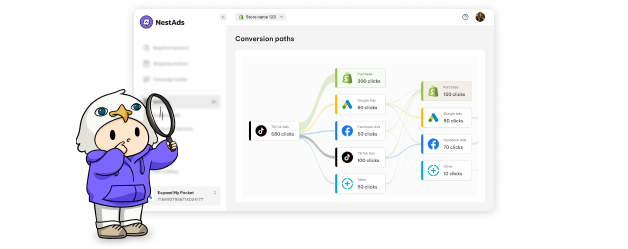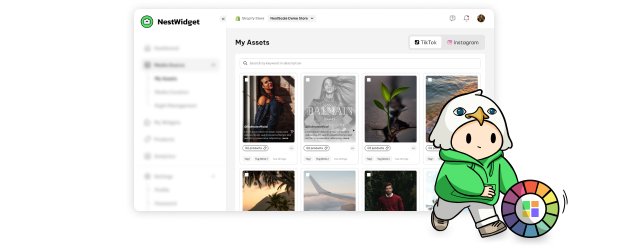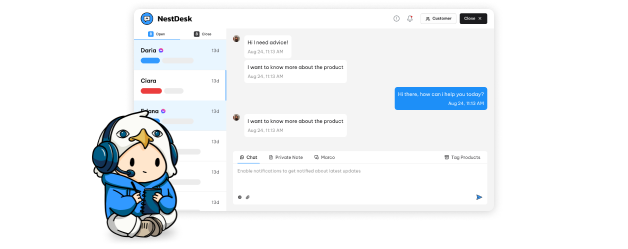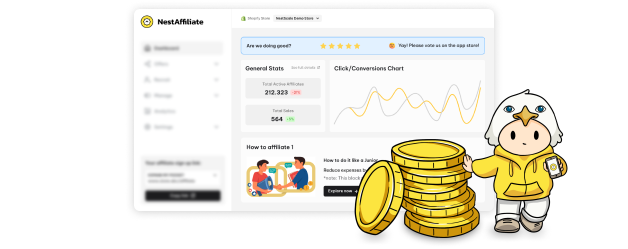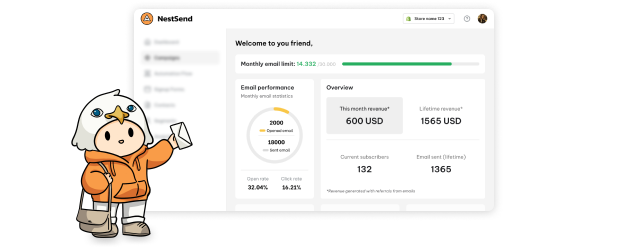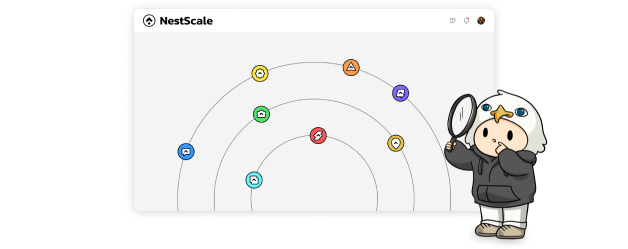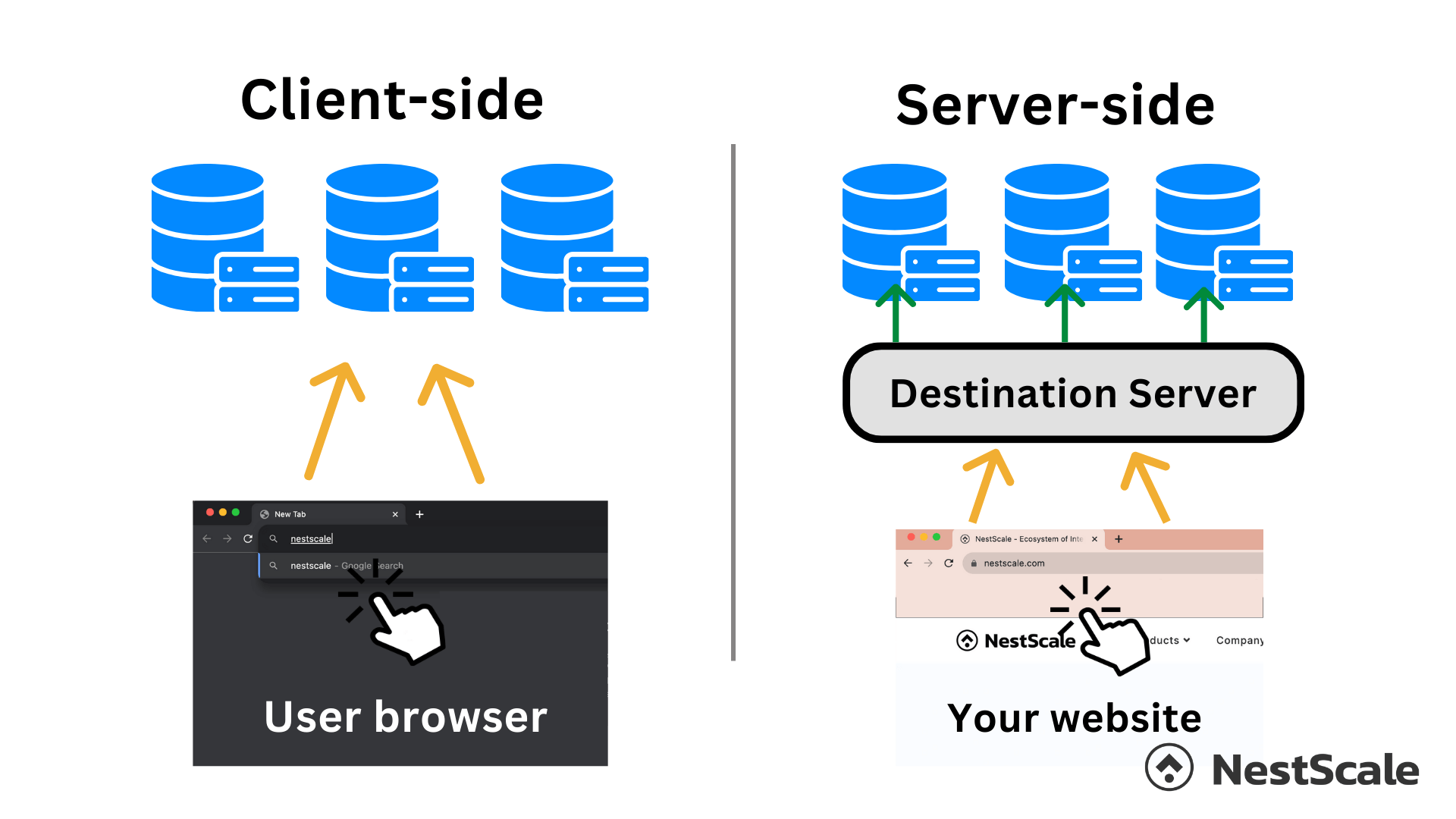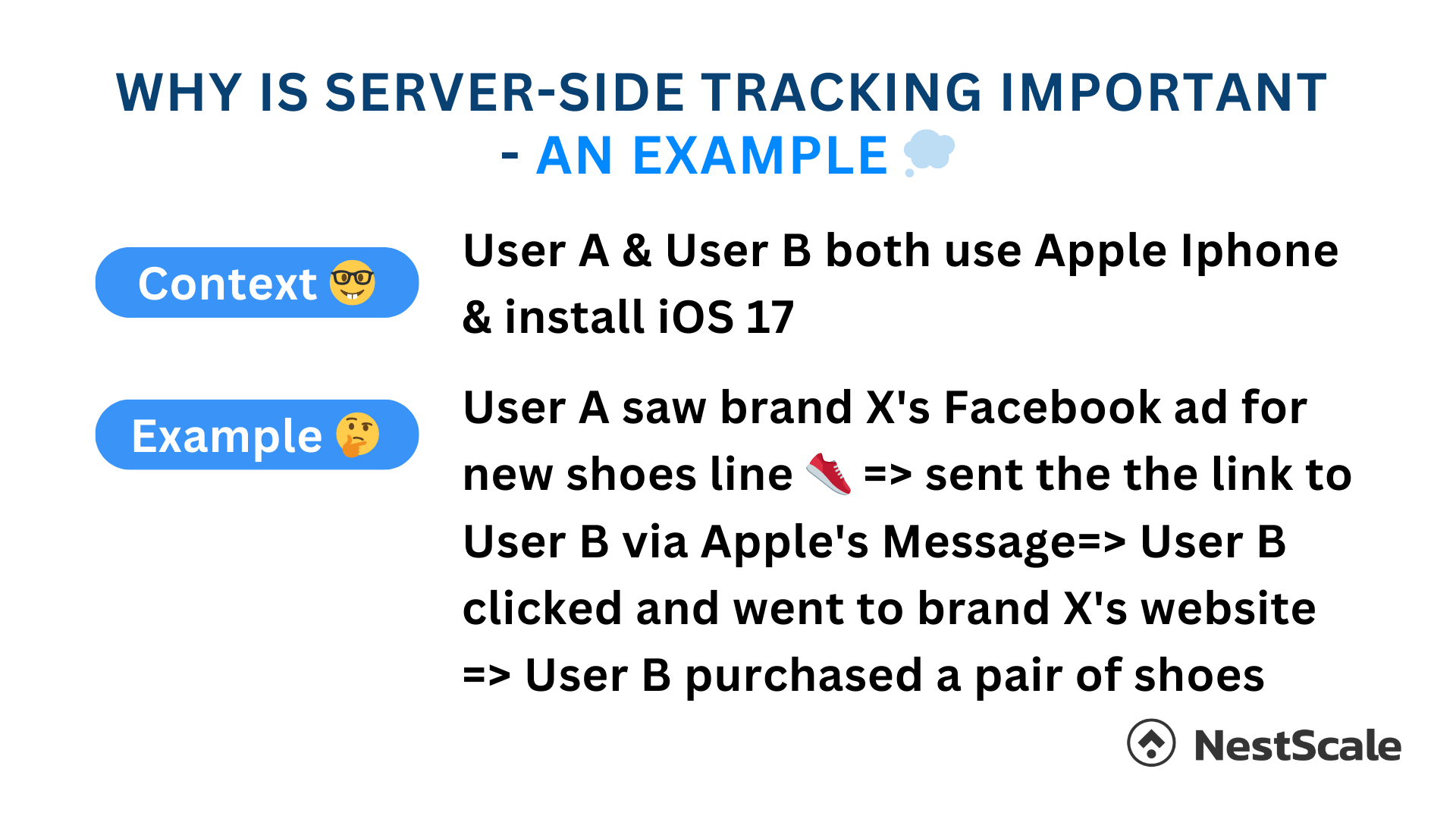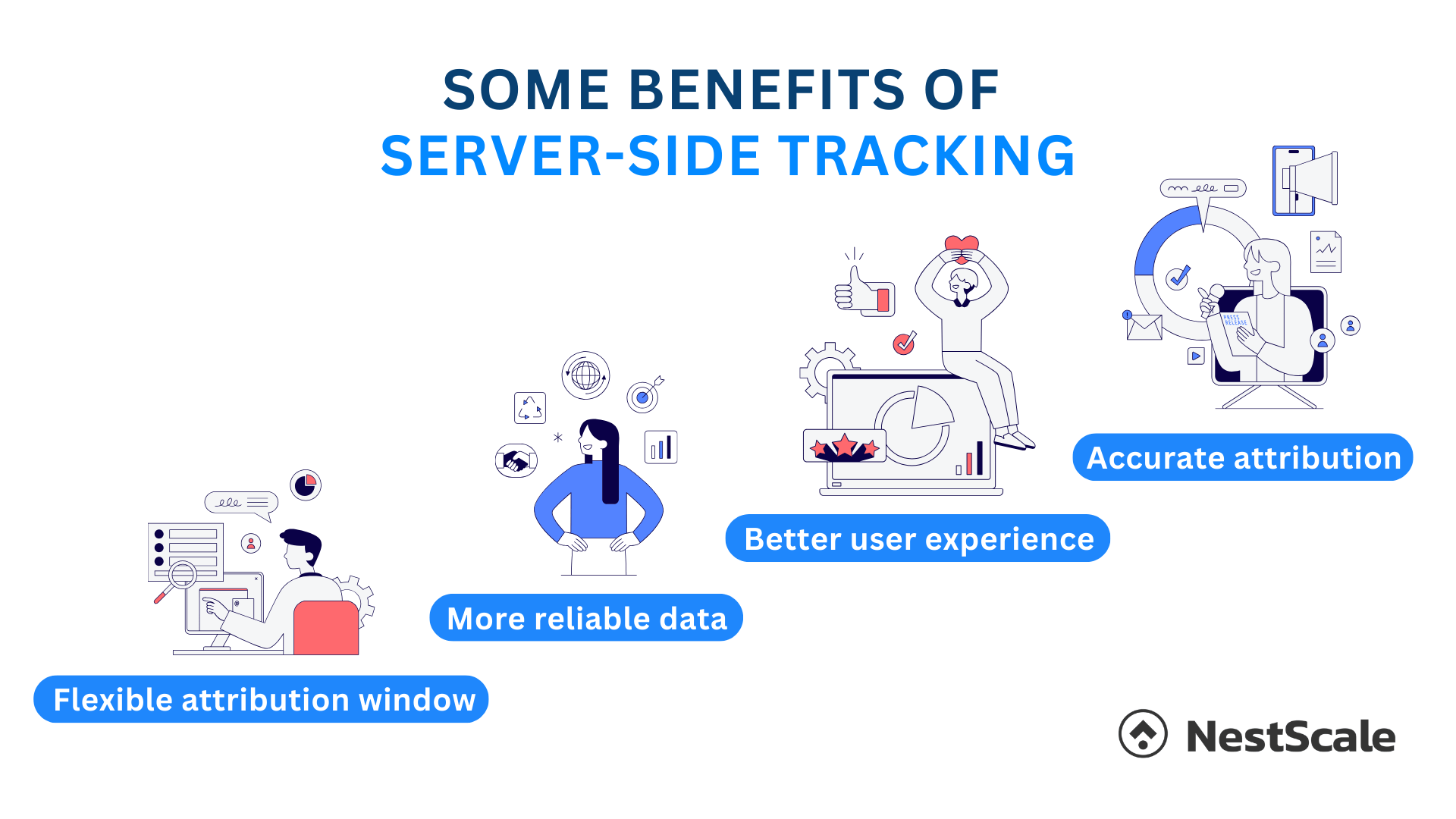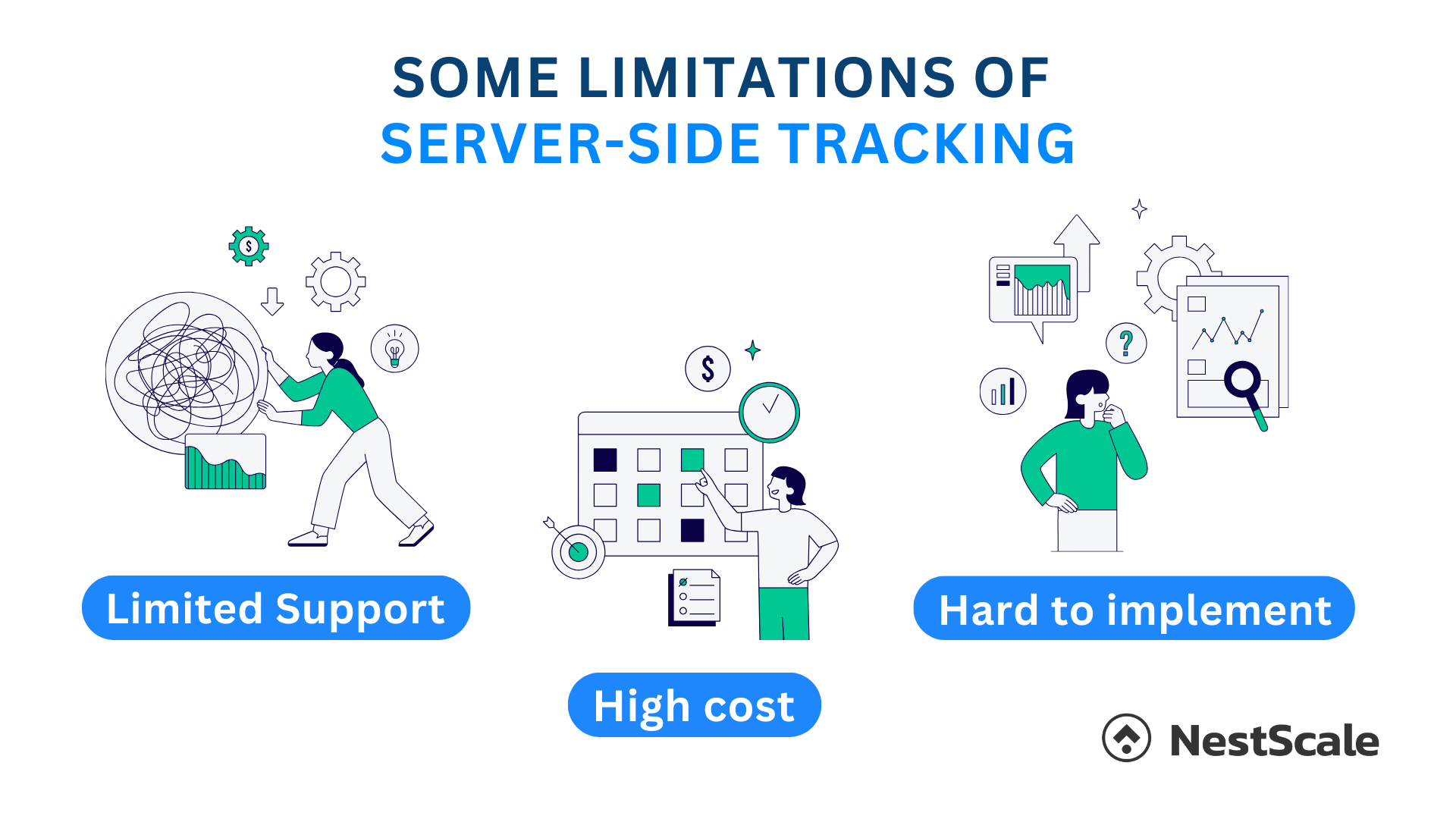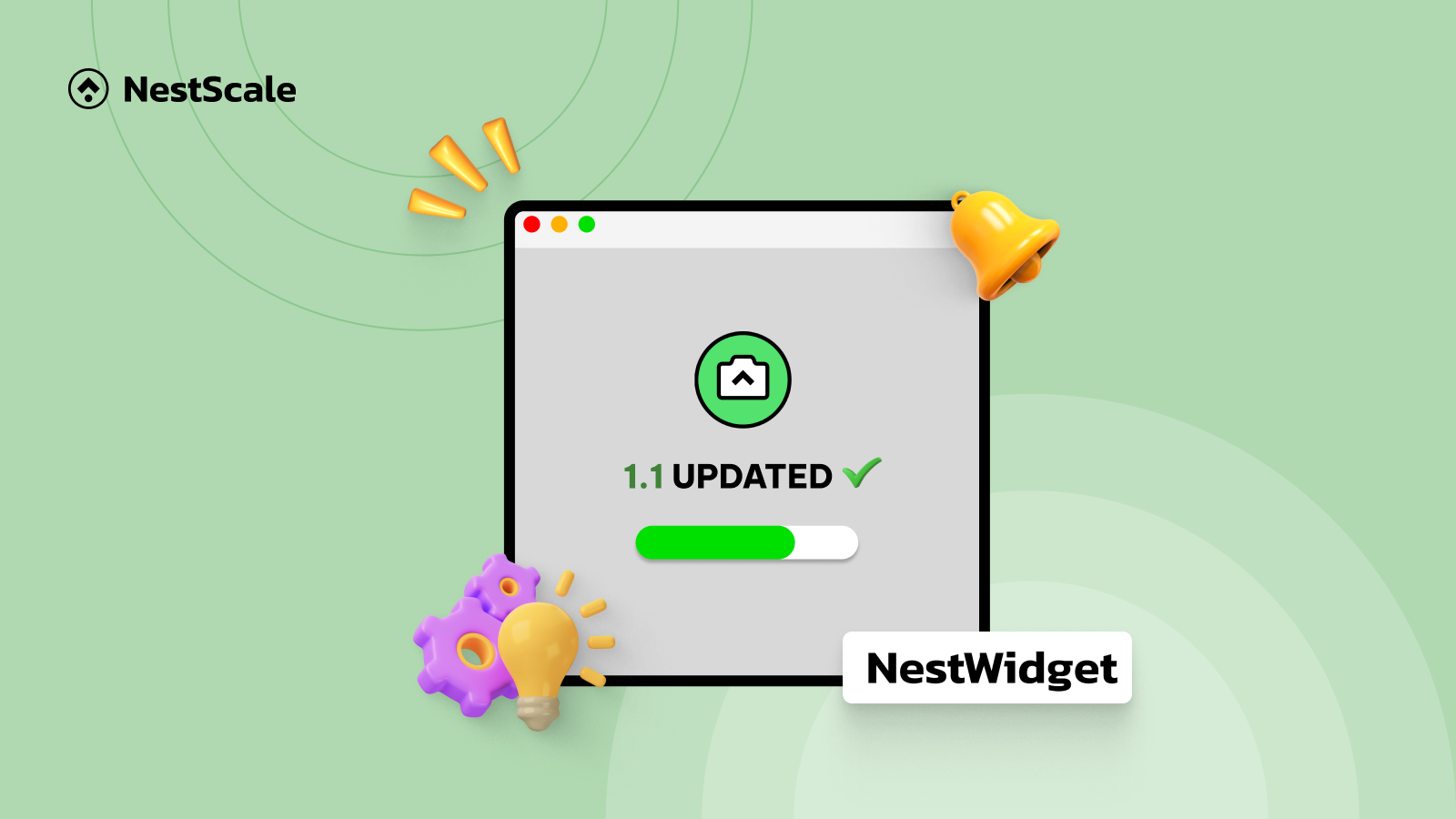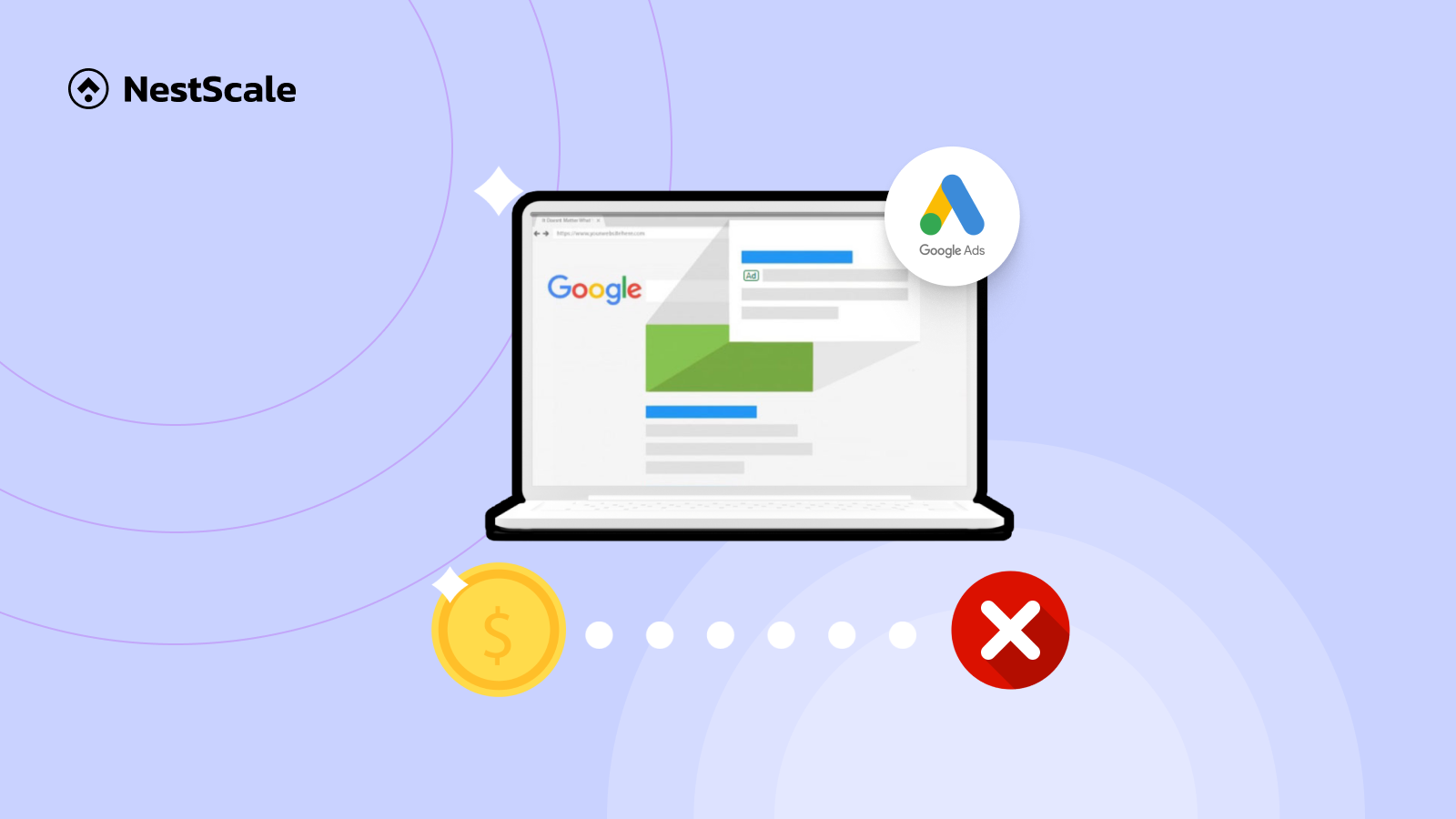If you’ve been paying attention, you’ve likely noticed some significant shifts in how businesses gather and manage user data in recent years. It all began with iOS 14’s app transparency policy and, more recently, Google’s announcement about phasing out third-party cookies. It’s clear that more policies and regulations are emerging to safeguard user data privacy. As third-party cookies approach its last days, marketers are in a race to identify alternatives to this once-convenient data source. Many have already made the transition to server-side tracking, which relies on first-party data. So, what exactly is server-side tracking, and how can it help us navigate the increasingly stringent data collection regulations? You’ll find all the answers right here in this blog post. Let’s dive right in!
What is server-side tracking & how does it work?
Since the early days of the Internet, user data tracking has become the norm. This valuable information is crucial for most digital marketing activities, including audience targeting, personalization, recommendations, and more.
So, in order to collect user data, websites will utilize multiple tracking scripts in the forms of cookies, tags, or pixels in the third-party or first-party format. The information on users’ interactions, behaviors, and purchases will then go to third-party vendors or tracking platforms for analytics, marketing, and other purposes. And, as of now, there are two main tracking methods: Client-side tracking and Server-side tracking.
The first, and most popular tracking method – client-side tracking. This tracking method is largely based on the usage of third-party cookies. Here, the user’s browser (client) will collect data on the user’s on-site behaviors and send it to multiple analytics platforms.
Meanwhile, it’s a bit different with server-side tracking. Here, your website will utilize first-party cookies to send the data collected directly to a destination server. Then, the destination server will distribute this data between vendors, data collection platforms, or analytics providers. With this method, you won’t have to rely on third-party cookies or unreliable tracking parameters to harvest users’ data.
Why is server-side tracking important?
For the longest time, businesses have relied on data from third-party cookies to inform their decisions and evaluate their advertising effectiveness. However, growing concerns regarding user data privacy and the tightening of data collection regulations are signaling the impending phase-out of third-party data. Consequently, client-side tracking will take a hit.
Already, we’re witnessing certain inaccuracies and inconsistencies with client-side tracking. These issues are primarily due to ad blockers and new policies regarding user data privacy, such as iOS 17’s link tracking protection. To illustrate this more clearly, let’s take a look at an example:
- Context: User A & User B both use Apple iPhones. Both of them have iOS 17 downloaded and installed.
- Example: User A stumbled upon brand X’s Facebook ad for their new shoe line. User A proceeded to send the Facebook ad link to User B via Apple’s Message app. User B clicked on the link, then was taken to brand X’s website. Here, user B browsed a little bit and purchased a new pair of shoes.
- Conversion attribution: With iOS 17 Link Tracking Protection applied, the Facebook click ID (fbclid) had been stripped. As a result, Facebook could not trace the purchase back to the original ad post. So, instead of attributing credit to the ad post, user B’s purchase will be considered an organic purchase.
In this case, it’s clear that the conversion credit has been allocated inaccurately. Over time, this can result in not only a squandered budget but also an ineffective advertising campaign. As third-party cookies and client-side tracking continue to exhibit increasing inconsistencies and unreliability, the clear and logical solution to this challenge lies in the use of first-party data and server-side tracking. This is also precisely why this tracking method is so important.
It’s also important to note that server-side tracking isn’t limited to self-hosted websites, as it’s also invaluable for hosted SaaS applications like Shopify. Server-side data collection plays a pivotal role in ensuring precise conversion tracking for Shopify stores. This means that this tracking method is not only suitable for large-sized enterprises but also for small and medium-sized businesses operating on platforms like Shopify.
Server-side tracking vs client-side tracking
So now, if the client side is still popular and functioning well, why bother switching to server-side at all? Well, the thing is, that won’t be the case forever. With Google’s plan to phase out third-party cookies by the second half of 2024, businesses are rushing to find third-party cookies alternatives. And it seems like the perfect timing for businesses to start switching over to server-side tracking – which generally utilizes first-party data. But, before we take any action, let’s take a look at a detailed comparison between the two tracking methods:
| Category | Server-side tracking | Client-side tracking |
| Data Collection | – Data is collected on the server | – Data is collected from user’s browser or device |
| Data Accuracy | – Slower data collection (data is processed right on the server) | – Prone to inaccuracies due to browser restrictions, ad blockers, etc. |
| Implementation Barriers | – Harder to implement- Requires technical expertise & resources to set up | – Easier to implement – Can be set up using any tag management system |
| Data collection speed | – Slower data collection (data is processed right on server) | Faster data collection (data is processed on user’s browser) |
| Data privacy | – More control over data security- Can decide which data each vendor receives. | – Less control over data security- Can’t control which data each vendor collects. |
| Page speed | – Some tracking script can be removed which lead to faster page load speed | – Page will take longer to load due to tracking script |
| Cookie Lifetime | – Longer cookie expiration period | – Limited cookie lifetime (usually from 1-7 days) |
Connecting the dots, it becomes evident that server-side tracking offers a more dependable and precise source of user data. Moreover, it grants businesses greater autonomy in deciding which data they share with third-party vendors. Consequently, this enhances user data privacy, acting as a safeguard against fraudulent activities.
Benefits of server-side tracking
After going through this in-depth comparison, it’s likely that server-side tracking appears to be the clear choice for businesses moving forward. But if you’re still on the fence about making the switch, allow us to highlight the numerous benefits of server-side tracking. In this section, we’ll explore its advantages in greater detail.
More reliable data
Server-side tracking stands out for its ability to provide exceptionally accurate data. By collecting and processing data on the web rather than the user’s browser, it minimizes the risk of discrepancies and limitations often associated with client-side tracking. Any conversions that might have been missed due to ad or browser blockage will be recorded with server-side tracking.
What’s more, the entire tracking process operates on a first-party data basis. This means that the data collected moves directly from your website to your destination server, guaranteeing its safety and integrity, free from tampering.
Flexible attribution window
Typically, third-party cookies have a lifespan of about 7 days before they expire. Once this 7-day window closes, all the data on users and their interactions is wiped clean and starts anew. This situation could result in businesses repeatedly targeting the same customers and ultimately squandering their advertising budget.
In contrast, server-side tracking, powered by first-party data, grants businesses the flexibility to set their own cookie expiration dates. This adaptability enables businesses to retain user data for extended periods, allowing them to plan their targeting and retargeting campaigns with precision. As a result, they can effectively convert potential customers into satisfied buyers.
Accurate conversion attribution
As we’ve elaborated earlier, with server-side tracking, data goes directly from your website to a destination server. This will safeguard it from any interference or alteration caused by ad blockers or privacy measures like iOS 17 Link Tracking Protection. The inherent accuracy of this data also ensures that conversion attribution to each channel is more precise. This unique feature guarantees that every touchpoint receives 100% of the conversions it has generated, resulting in a more effective allocation of budgets and resources.
Better on-site user experience
In client-side tracking, data is gathered and processed right on the user’s browser or device. Over time, this can strain the user’s device, causing slower processing times and extended page loading periods. In contrast, server-side tracking has shifted this data processing to a separate server, alleviating the workload on the user’s device. This, in turn, contributes to improved application performance, enhanced device efficiency, and ultimately, a more satisfying on-site user experience.
Limitations of server-side tracking
However, this tracking method isn’t without its drawbacks. While it may sound promising in theory, it might not be the best fit for many businesses, particularly smaller ones. Let’s go over some of the limitations when it comes to server-side tracking.
High cost to set up & maintain
Client-side tracking, which relies on the user’s device and is often low-cost or even free. Server-side tracking, on the other hand, comes at a considerably higher price. Businesses utilizing this method need to budget for server fees and other associated resource costs that can accumulate over time.
Limited support from other platforms
As previously mentioned, while major advertising platforms such as Google, Facebook, and TikTok have started embracing server-side tracking, not all platforms have followed suit. Some smaller platforms have yet to support server-side tracking, creating potential challenges for businesses looking to adopt this method.
Hard to implement
The advantages of server-side tracking are evident, and it is pretty much the future of all tracking endeavors. Nonetheless, it’s important to note that this is a relatively recent concept, and not many people are able to set it up effectively. Furthermore, troubleshooting can be a complex process, potentially leading to challenges down the road.
Make the most of server-side tracking with NestAds
We are undeniably stepping into a cookieless era, as evident with the iOS 17 Link Tracking Protection policy and Google’s plan to phase out third-party cookies by the second half of 2024. In the coming months, it’s crucial for businesses to transition and acquaint themselves with viable alternatives to third-party cookies. Server-side tracking stands out as a top solution for this challenge. With its dependable data source, precise conversion attribution, and enhanced on-site user experience, this tracking method ushers in a new era of heightened data privacy and compliance with regulations.
However, we understand that implementing server-side tracking can be challenging, especially for newcomers. That’s where NestAds comes in – our all-in-one solution for all your marketing attribution and advertising management needs. Leveraging first-party data and server-side tracking, NestAds guarantees a steady stream of accurate data. This feature also enables NestAds to navigate around blockages from iOS 17 and adapt to Google’s third-party cookie phase-out in the near future. Say goodbye to the hassle of the setup process because NestAds takes care of it for you.
So, why wait? Take the leap today and revolutionize your advertising efforts with NestAds. Your path to success begins here. Don’t miss out on the future of data-driven marketing.






